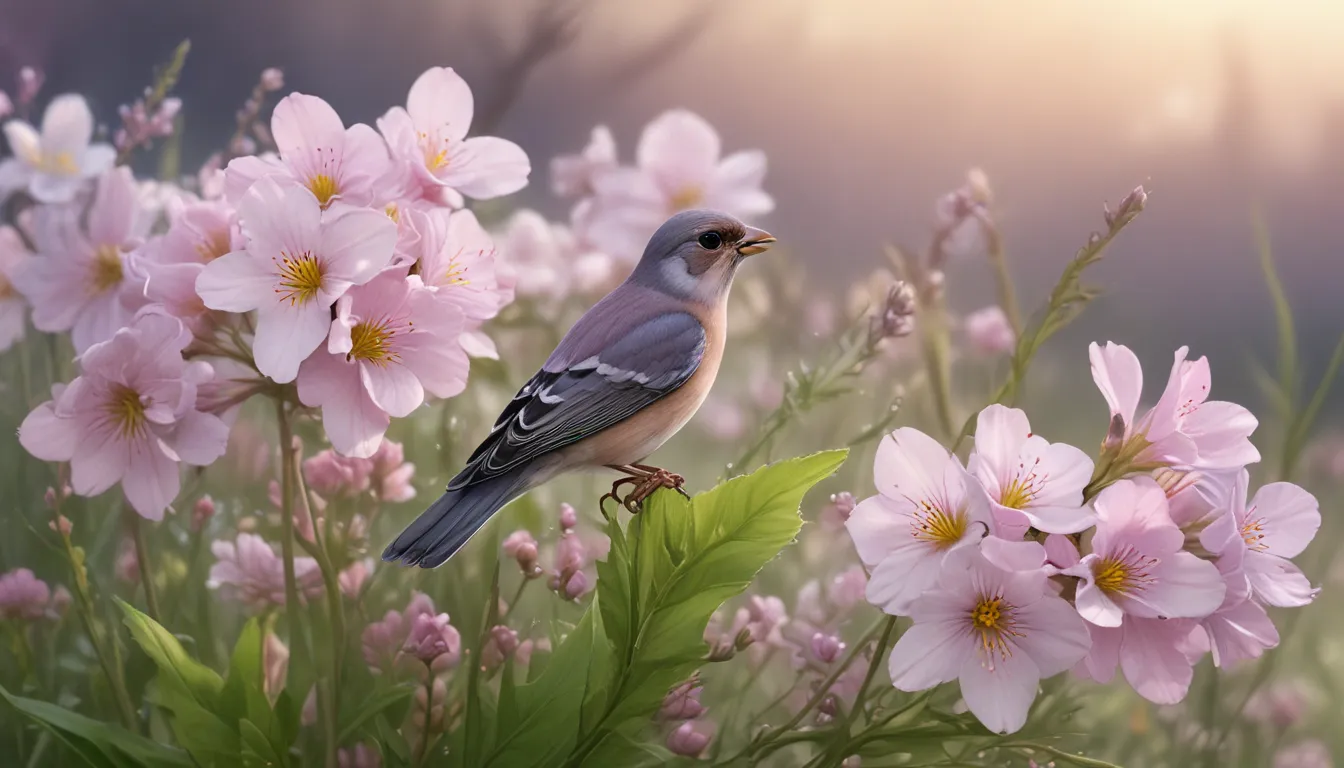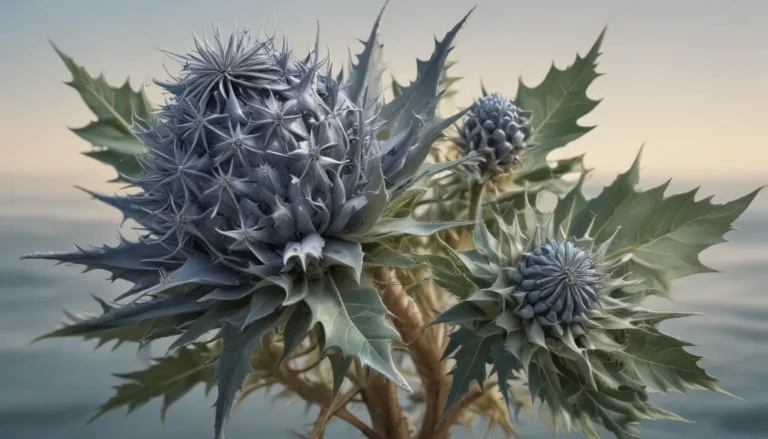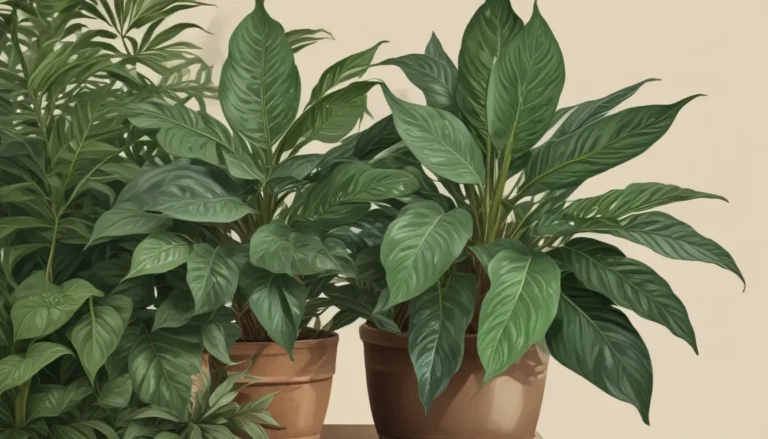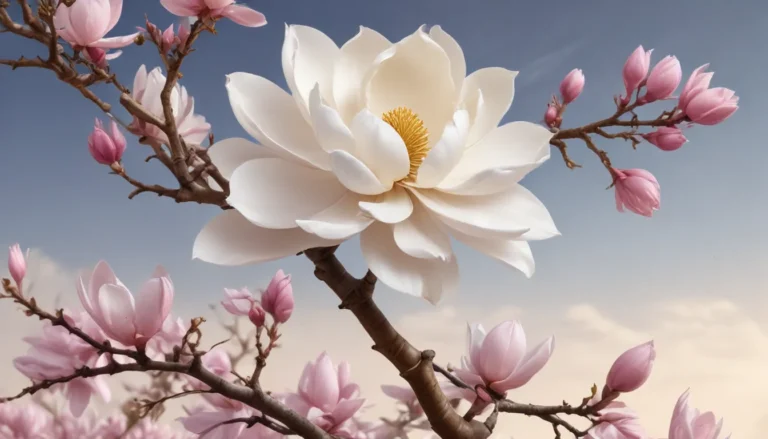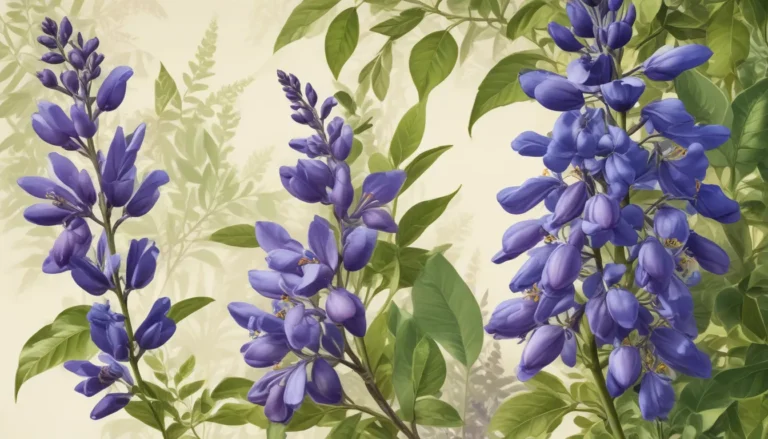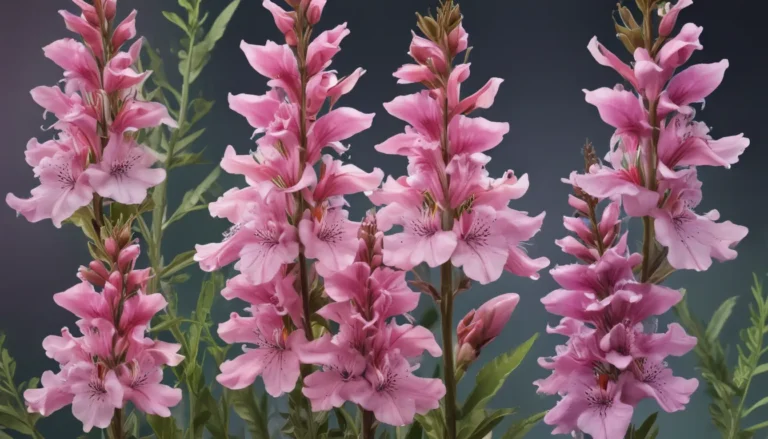The pictures we use in our articles might not show exactly what the words say. We choose these pictures to make you interested in reading more. The pictures work together with the words but don’t take their place. The words still tell you the important facts.
The Cuckoo Flower, also known as Lady's Smock or Cardamine pratensis 1, is a captivating perennial plant that often goes unnoticed in the vast world of flora. This delicate beauty, with its pale pink or lilac petals, holds a treasure trove of fascinating facts waiting to be discovered. Let's dive into the enchanting world of Cuckoo Flower and uncover 16 interesting facts that make this plant truly remarkable.
1. A Name Rooted in Nature’s Timing
The Cuckoo Flower earned its common name due to its fascinating connection with the arrival of cuckoo birds. This perennial plant typically blooms around the same time that cuckoos make their appearance in spring, creating a natural synchronization that has captured human imagination for centuries.
2. Scientific Identity: Cardamine pratensis
Scientifically known as Cardamine pratensis, this plant belongs to the Brassicaceae family. The genus name "Cardamine" is derived from the Greek word "kardamon," meaning watercress, hinting at its preference for moist habitats.
3. A Plant of Many Names
While Cuckoo Flower is its most popular moniker, this versatile plant goes by several other charming names:
- Lady's Smock
- Mayflower
- Milkmaids
Each name reflects different aspects of the plant's appearance or cultural significance.
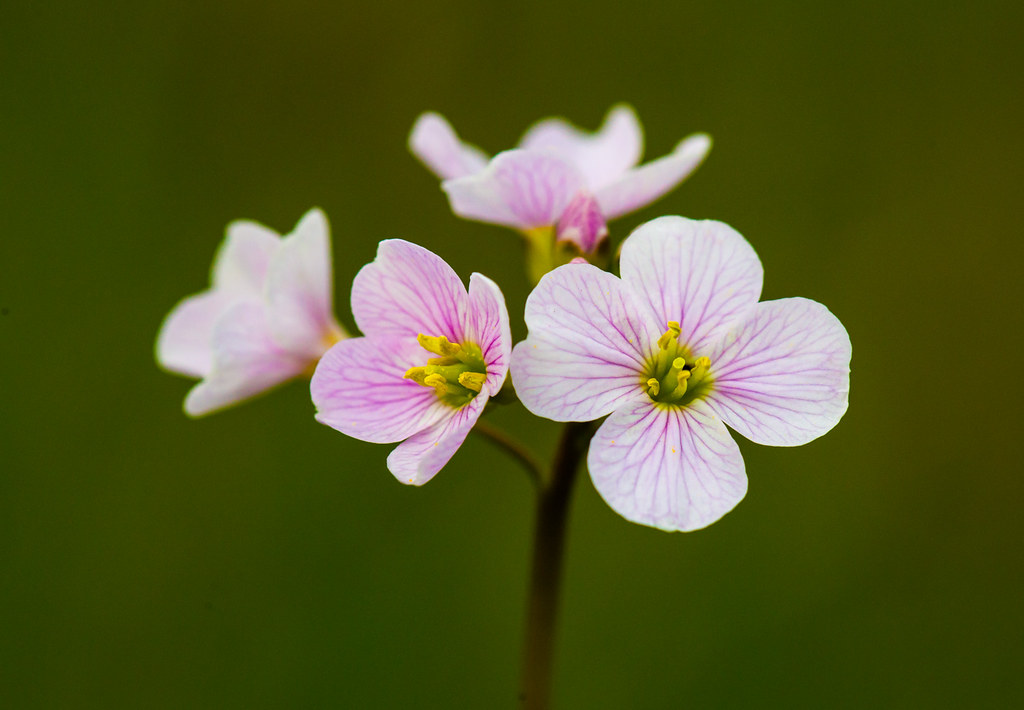
4. A Harbinger of Spring
As one of the early bloomers, the Cuckoo Flower is often seen as a herald of spring. Its delicate flowers start appearing in meadows and woodlands from April to June, bringing a touch of color to the landscape after the long winter months.
5. Adaptable Habitat Preferences
Cuckoo Flower is remarkably adaptable when it comes to its habitat. While it prefers moist environments, it can thrive in various settings, including:
- Damp meadows
- Woodland edges
- Riverbanks
- Ditches
This adaptability contributes to its widespread distribution across Europe and parts of Asia.
6. A Feast for Pollinators
One of the most important ecological roles of the Cuckoo Flower is its significance for pollinators. Its nectar-rich blooms attract a variety of insects, including:
- Bees
- Butterflies
- Hoverflies
By supporting these essential pollinators, Cuckoo Flower plays a crucial role in maintaining biodiversity in its ecosystems.
7. The Orange Tip Butterfly’s Favorite
Among its insect admirers, the Cuckoo Flower holds a special place for the orange tip butterfly (Anthocharis cardamines). This beautiful butterfly relies on Cuckoo Flower as a primary food plant for its larvae, creating a fascinating ecological relationship.
8. A Natural Water Indicator
Due to its preference for damp conditions, the presence of Cuckoo Flower can often indicate areas with high water tables or good soil moisture. This makes it a valuable plant for gardeners and ecologists alike in assessing soil conditions.
9. Medicinal Heritage
Historically, Cuckoo Flower has been used in traditional medicine. Its leaves, rich in vitamin C, were once used to treat scurvy. Some cultures also believed it had mild antispasmodic properties, though it's important to note that modern medicine doesn't support these uses.
10. Edible Delight
Surprisingly, Cuckoo Flower is edible and has been used in various culinary applications. Its young leaves have a peppery flavor similar to watercress and can be added to salads or used as a garnish. However, it's crucial to properly identify the plant and consume it in moderation.
11. Folklore and Superstition
In European folklore, Cuckoo Flower was often associated with fairies and considered sacred to them. This belief led to various superstitions, including the notion that bringing the flower indoors could bring bad luck.
12. May Day Traditions
Interestingly, despite its spring-blooming nature, Cuckoo Flower was traditionally excluded from May Day garlands in some cultures. This exclusion was likely tied to its association with fairies and the superstitions surrounding it.
13. A Symbol of Purity and Innocence
In the language of flowers, Cuckoo Flower is often associated with purity and innocence. Its delicate appearance and soft colors contribute to this symbolic meaning, making it a popular choice in symbolic floral arrangements.
14. Resilience in Changing Climates
Despite its delicate appearance, Cuckoo Flower shows remarkable resilience to changing climate conditions. It can withstand cold temperatures and even light frost, demonstrating nature's adaptive capabilities.
15. Conservation Concerns
While Cuckoo Flower is still relatively common in many areas, it faces threats in some regions due to habitat loss and changes in land use. In parts of Germany, for example, efforts are being made to protect and conserve this beautiful plant.
16. Garden-Friendly Beauty
For those looking to add a touch of natural charm to their gardens, Cuckoo Flower makes an excellent choice. It's relatively easy to grow, attracts beneficial insects, and adds a delicate beauty to moist areas of the garden.
Embracing the Wonder of Cuckoo Flower
As we've explored these 16 fascinating facts about Cuckoo Flower, it's clear that this unassuming plant holds a wealth of interest and importance. From its ecological role to its cultural significance, Cuckoo Flower reminds us of the intricate connections within nature.
Whether you encounter it in a meadow, along a woodland path, or choose to cultivate it in your garden, take a moment to appreciate the beauty and complexity of the Cuckoo Flower. It's a testament to the wonders that can be found when we look closely at the natural world around us.
